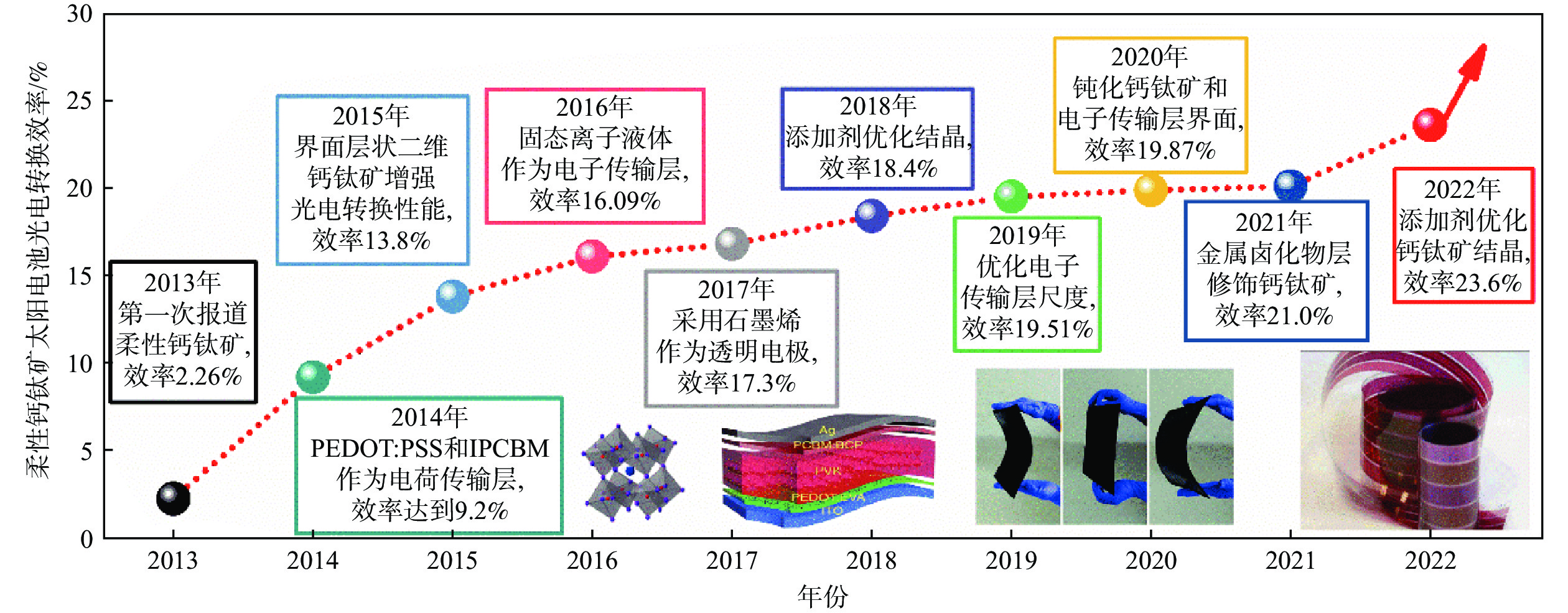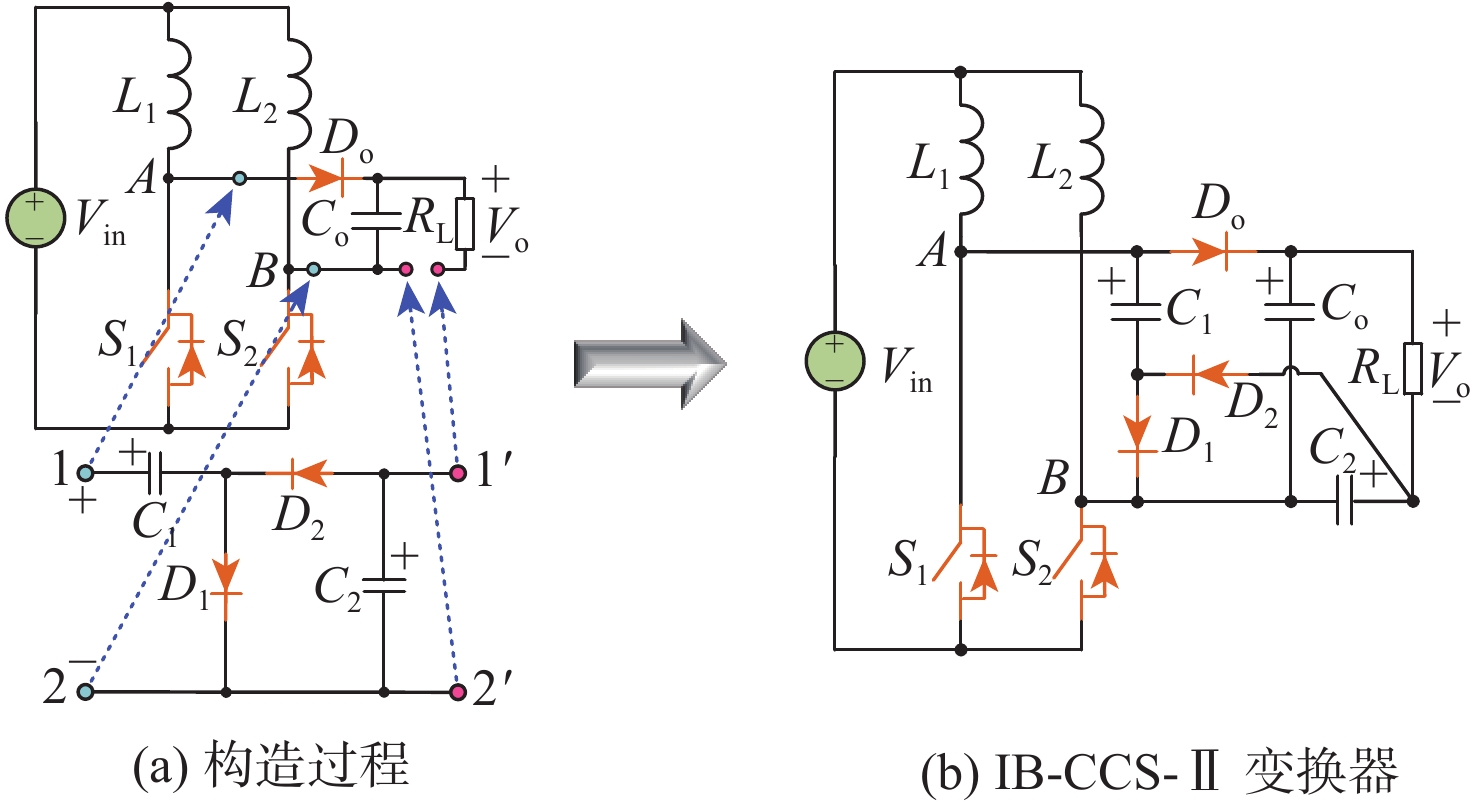In recent years, perovskite solar cells (PSCs) have attracted widespread attention owing to their excellent photoelectric conversion efficiency, low cost, low material usage, flexible processing, and other characteristics. Based on this, among the flexible solar cells, flexible perovskite solar cells (F-PSCs) have attracted much research interest due to their flexible bending, light weight, high conversion efficiency, low cost, and other characteristics. The flexible bending of flexible cells enables better processability and broader application scenarios of PSCs, making them outstandingly valuable in providing energy supply solutions for many fields, including satellites, airships, outdoor equipment, building-integrated photovoltaics, and wearable smart devices. Special emphasis is placed on addressing the technical challenges hindering practical applications, including suboptimal device power conversion efficiency, inadequate bending durability, low-temperature fabrication strategies for functional layers, development of novel transparent conductive electrodes, and upscaling technologies for large-area devices. By comprehensively analyzing these core technological breakthroughs and unresolved demands, this work aims to accelerate the transition of high-performance, stable flexible perovskite photovoltaic technologies toward further application.



